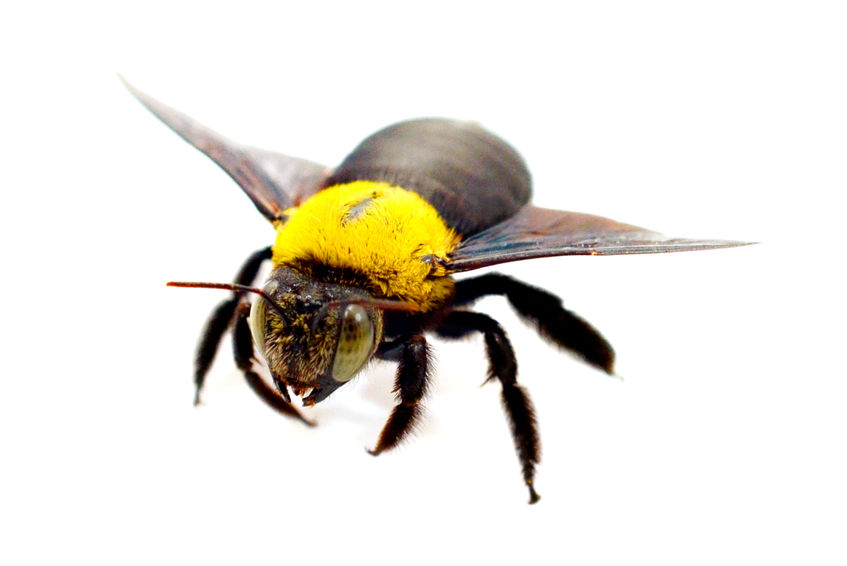Fill out the form below and a Cypress Creek representative will be in touch with you about your pest control needs.
BLOG

Bee-ware Of Bees All Year Long
According to the prediction for this year’s Houston winter by Farmer’s Almanac, it will be milder and drier than normal, with below-normal snowfall in places that normally receive snow. Bees can remain active all winter long, unlike some insects that lay eggs in the fall then die in the winter only to be succeeded by their young. They also don’t hibernate. The bee is cold blooded, so the hive must maintain a warm temperature to keep the colony alive.
They accomplish this through clustering. The bees attach themselves to each other with the queen in the center of the cluster. The movement of their bodies through shivering and wing flapping creates warmth and keeps the queen at around 90 degrees in the center of the cluster.
In fact, some species of stinging insects become more aggressive in the fall as they are preparing their queen and hive for winter. Called overwintering, this is the time when worker bees labor long hours collecting enough nectar to feed and maintain the colony through the winter season. Bees visit flowers to obtain carbohydrates (nectar) and protein (found in the pollen). Late-blooming flowers that feed the bees include asters, chrysanthemums, goldenrod and Russian sage.
While bees are busy getting ready for the season ahead, wasps are taking advantage of a brief, well-deserved retirement. In late summer and fall, when the queen wasp stops laying eggs, the worker wasps change their food-gathering strategy. Adult wasps have just a few weeks to binge on carbohydrates before they die off at the first hard frost.
About 3,600 known species are from North America; Texas has about 800 species, including nine types of bumble bees. Aside from being annoying, bee stings can be serious if you are allergic or get stung numerous times. Here’s how each bee type send its message and the reaction it can cause:
- Bumble Bee – not exceptionally aggressive, bumblebees rarely sting. Reduce your chances by avoiding provoking them. Only bumblebee workers and queens have a stinger. As part of their aggressive defense of their nests, bumble bees will chase nest invaders for a considerable distance. The bumble bee sting is one of the most painful. Unlike honey bees, bumble bees can sting more than once.
- Carpenter Bee – are usually solitary and rarely damaging to structures. Male carpenter bees do not sting; the female is capable of stinging when provoked or handled.
- Honey Bee – less aggressive and highly beneficial bees. The worker bee and the queen bee in a hive are able to sting – and their stinger becomes loose when then they do.
- Wasps – similar to bees but more aggressive. Easily agitated, wasps retain their stingers and can inject it many times.
Wasps and bees also both signal others of their kind after they sting, so it’s a good idea to get far away after the first sting!
Since the venoms are injected, applying anything that either cools or numbs the area will soothe it and take the person’s mind off the pain. If a stinger remains in the skin, remove it, since the venom sac remains attached when the bee flies off and can continue injecting venom for some time.
If you do get stung, home treatment is usually all that is necessary to ease the pain.
If you find that bees are not buzzing off your property and causing a nuisance, you should exercise caution and seek a pest control professional for effective, environmentally friendly methods of hive removal.

